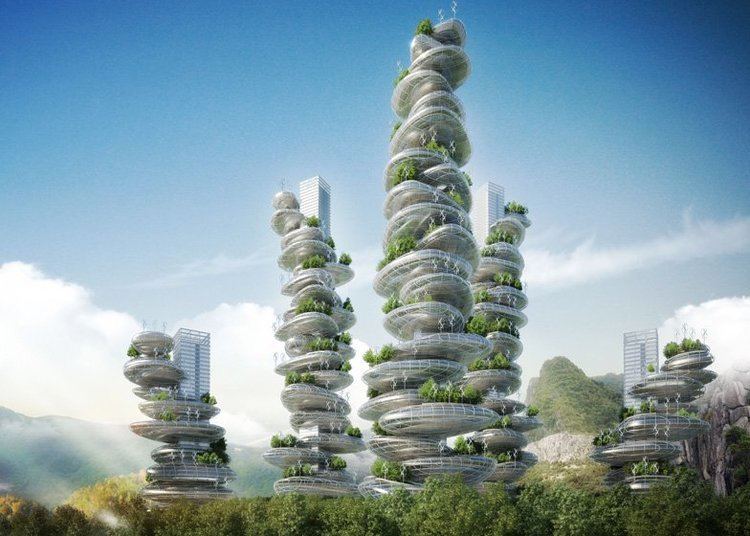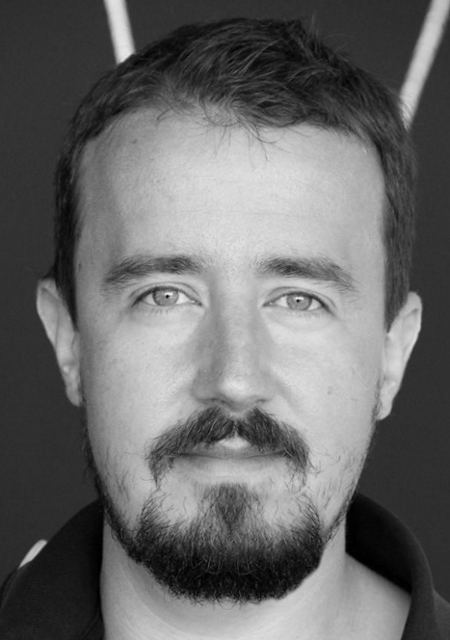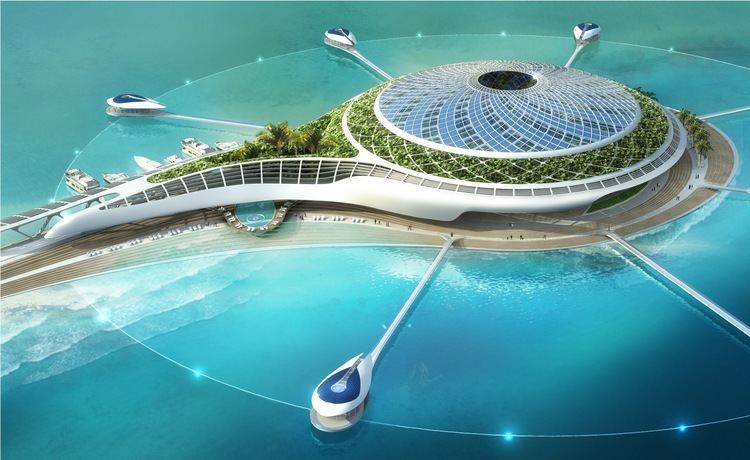Nationality Belgian | Occupation Architect | |
 | ||
Projects Dragonfly, Lilypad, King Forest Awards Prix Godecharle (2001), International Architecture Awards (2014) | ||
Vincent callebaut architectures la ville de demain bouygues immobilier france
Vincent Callebaut (b. May 27, 1977 - ) is a Belgian ecological architect. He designs futuristic-like ecodistrict projects which take account of several aspects of sustainability (renewable energies, biodiversity, urban agriculture).
Contents
- Vincent callebaut architectures la ville de demain bouygues immobilier france
- Item 008936 france architecture paris 2050 vincent callebaut fr hd
- Biography
- Dragonfly
- Lilypad
- Agora Garden
- The Gate
- References

Item 008936 france architecture paris 2050 vincent callebaut fr hd
Biography

Vincent Callebaut was born in 1977 in Belgium. He graduated in 2000 from the Institute Victor Horta, he moved to Paris to intern with architects Odile Decq and Massimiliano Fuksas and then founed his own company, « Vincent Callebaut Architectures ».
Dragonfly
The project consists on implementing "vertical farms" in Manhattan along the East River at the South edge of the Roosevelt Island. In a way to rethink the city's food production and encourage each inhabitant to participate to the gardens, one of the visions of the Dragonfly project was defined as: 'Eating an apple just picked out of a collective orchard in the fourth floor while looking at New York through the window and then go back to your office just in the upper floor.' This project was inspired by the Japanese movie "Laputa : Castle in the sky".
The Dragonfly building is 575 metres (1,886 ft) high, shaped as firefly wings. It is composed of two towers related by a 'bio-climatic' glasshouse. It deploys itself between two crystalline wings made out of glass and steel. The structure in honeycomb stitch allows the sunlight to pass through the building. This concept is seen as a feeder farm and reconnects the consumers with producers. This prototype of urban farm would have superimposed 132 floors and estending 600 metres (2,000 ft) vertically with garden vegetables, fields, production of meat, milk, poultry and eggs where people could grow their own food. The Dragonfly can accommodate 28 different agricultural fields for the production. It is self-sufficient in energy, water and bio-fertilizing, powered by sunshield and eolian systems. These combine solar and wind power, which would make the Dragonfly self-sufficient. Everything is recyclable in a continuous auto-feeding so that nothing is lost. The spaces between the wings are designed to take advantage of solar energy by accumulating warm air in the structure during winter. During the summer it is cooling which is facilitated through natural ventilation and "evapo-perspiration" from the plants.
The objectives of the Dragonfly project were defined as:
Lilypad

The Lilypad or Floating ecopolis project is based on the idea of creating a place for future refugees of Current sea level rise caused by Global warming.
Agora Garden
Vincent Callebaut created Agora Garden, a sustainable tower development in Taipei. This building promotes vertical construction in an overpopulated city. It is a concept of eco-construction to reduce the carbon footprint of its inhabitants. Vincent Callebaut Architectures SARL replied to an invitation to tender in November 2010. As of 2014 the project is under construction, and due for completion in 2016.
The shape of the building looks like a molecule of DNA with its double helix. This was designed to represent a symbol of life and dynamism. The surface area is about 50,000 square metres (540,000 sq ft).
The aim of the project is to represent a perfect symbiosis between the human being and nature. Vincent Callebaut aims to develop an avant-gardist architecture and tries to institute a new life style in harmony with nature. The building is intended to guarantee environmental norms in order to obtain the Green Building Label delivered by the Home Affairs Ministry of Taipei.
The project addresses four ecologic objectives of the Copenhagen Accord:
Agora Garden develops the Cradle to Cradle concept : "nothing is lost and everything transforms itself" (Antoine Lavoisier). All materials are recycled or recyclable in order to imitate the processes of natural ecosystems. For example, at the top there is a huge free access garden covered by photovoltaic panels which produce electricity for the building. The tower is surrounding by 20-metre (66 ft) trees which increase the biodiversity in the city.
Agora Garden is composed of twenty levels in double helix formation, twisted at ninety degrees. The twist satisfies four major objectives. First of all, thanks to this architecture, the morphology of the building changes according to its orientation. On the East/West side we can see a rhomboidal pyramid, when one the North/South side we can see a reverse pyramid. Then, all flats have their own balconies looking like hanging garden. Thirdly, there is no vis-à-vis so inhabitants have their intimacy and a panoramic view on Taipei.
The six main components of the project are :
The Gate
The Gate is under construction in Cairo (Egypt). It is a multi-use complex with housing, work spaces and facilities like sports. The roof top is a garden where you can swim or run.
